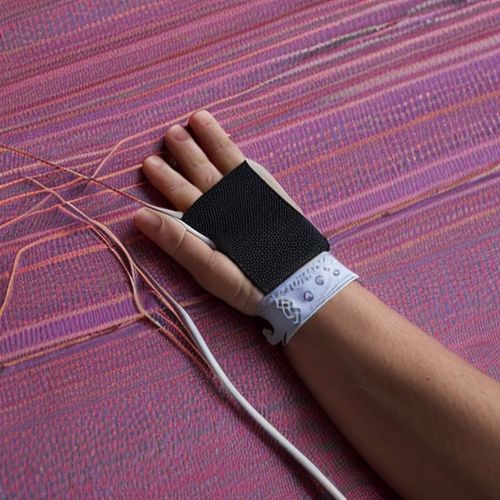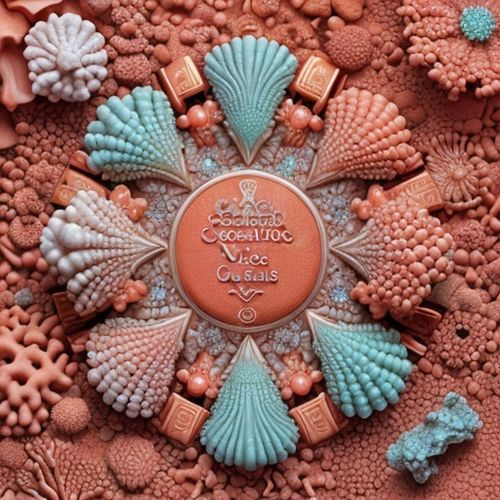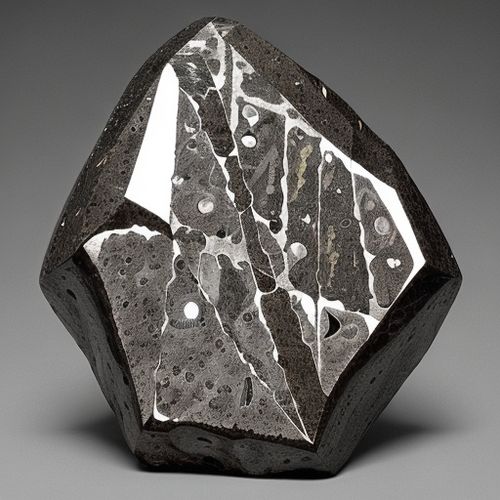The world of textiles is undergoing a quiet revolution, one that merges the flexibility of fabric with the functionality of electronics. Conductive fabrics, once a niche material reserved for specialized applications, are now emerging as a game-changer in industries ranging from healthcare to fashion. These innovative textiles are woven with conductive threads or coated with metallic particles, allowing them to transmit electrical signals while maintaining the softness and durability of traditional fabrics. The implications are profound, opening doors to wearable technology that seamlessly integrates with our daily lives.
What makes conductive fabrics so remarkable is their ability to bridge the gap between clothing and electronics. Unlike rigid circuit boards or bulky sensors, these textiles can be stitched, stretched, and washed without losing their conductive properties. This flexibility has sparked a wave of creativity among designers and engineers, who are now exploring applications that were once considered science fiction. From smart gloves that monitor vital signs to jackets with built-in heating elements, the possibilities seem endless. The key lies in the materials—silver, copper, and even graphene are being woven into fabrics to create pathways for electricity.
The healthcare sector has been particularly quick to adopt conductive fabrics. Medical professionals are now using garments embedded with these materials to monitor patients remotely. A simple shirt can track heart rate, respiration, and muscle activity, transmitting data wirelessly to healthcare providers. This not only improves patient comfort but also enables continuous monitoring outside clinical settings. For individuals with chronic conditions, such as diabetes or heart disease, conductive fabrics offer a discreet way to stay connected to their care teams without the need for intrusive devices.
Fashion, too, is embracing the potential of conductive textiles. Designers are experimenting with interactive clothing that responds to touch or changes color based on environmental conditions. Imagine a dress that lights up in sync with music or a tie that adjusts its pattern based on the wearer's mood. These creations blur the line between apparel and art, challenging our perceptions of what clothing can do. Beyond aesthetics, conductive fabrics are also being used to create practical solutions, such as bags that charge your phone or scarves with integrated LED displays for safety during nighttime runs.
In the realm of sports and fitness, conductive fabrics are proving to be invaluable. Athletes can now wear smart compression gear that provides real-time feedback on performance metrics like muscle activation and joint movement. This data helps trainers tailor workouts to prevent injuries and optimize training regimens. Meanwhile, outdoor enthusiasts benefit from heated jackets powered by lightweight, flexible batteries—eliminating the bulk of traditional heating elements. The marriage of conductivity and comfort is redefining how we approach activewear.
The military and aerospace industries have also taken notice of conductive fabrics. Soldiers can now wear uniforms with integrated communication systems, reducing the need for external devices that can snag or malfunction in the field. Similarly, astronauts may soon don spacesuits with self-regulating temperature controls woven directly into the material. These advancements highlight the versatility of conductive textiles in extreme environments where reliability is paramount.
Despite their promise, conductive fabrics face challenges that must be addressed for widespread adoption. Durability remains a concern, as repeated washing and stretching can degrade conductive coatings over time. Researchers are working on solutions, such as self-healing materials and more robust weaving techniques, to extend the lifespan of these textiles. Cost is another barrier—precious metals like silver drive up production expenses, though alternatives like carbon-based conductors are showing potential as affordable substitutes.
Looking ahead, the future of conductive fabrics appears bright. As technology miniaturizes and material science advances, we can expect even more sophisticated applications to emerge. The integration of sensors, energy harvesters, and microprocessors into everyday clothing could transform how we interact with our environment and each other. One day, your morning jogging outfit might not just track your run but also analyze your sweat for dehydration levels—all while keeping you comfortably connected to the digital world.
The rise of conductive fabrics represents more than just a technical innovation; it signals a shift in how we perceive the role of clothing in our lives. No longer passive coverings, textiles are becoming active participants in our health, communication, and self-expression. As this technology matures, the line between human and machine will continue to blur, woven together thread by conductive thread.

By Grace Cox/Apr 27, 2025

By Noah Bell/Apr 27, 2025

By James Moore/Apr 27, 2025

By James Moore/Apr 27, 2025

By Thomas Roberts/Apr 27, 2025

By Grace Cox/Apr 27, 2025

By Joshua Howard/Apr 27, 2025

By George Bailey/Apr 27, 2025

By Olivia Reed/Apr 27, 2025

By Sarah Davis/Apr 27, 2025

By Olivia Reed/Apr 27, 2025

By Elizabeth Taylor/Apr 27, 2025

By Joshua Howard/Apr 27, 2025

By Victoria Gonzalez/Apr 27, 2025

By Michael Brown/Apr 27, 2025

By Olivia Reed/Apr 27, 2025

By Grace Cox/Apr 27, 2025

By Amanda Phillips/Apr 27, 2025

By Lily Simpson/Apr 27, 2025

By Elizabeth Taylor/Apr 27, 2025